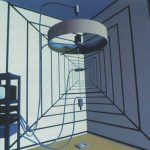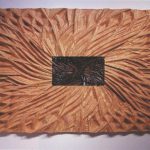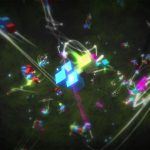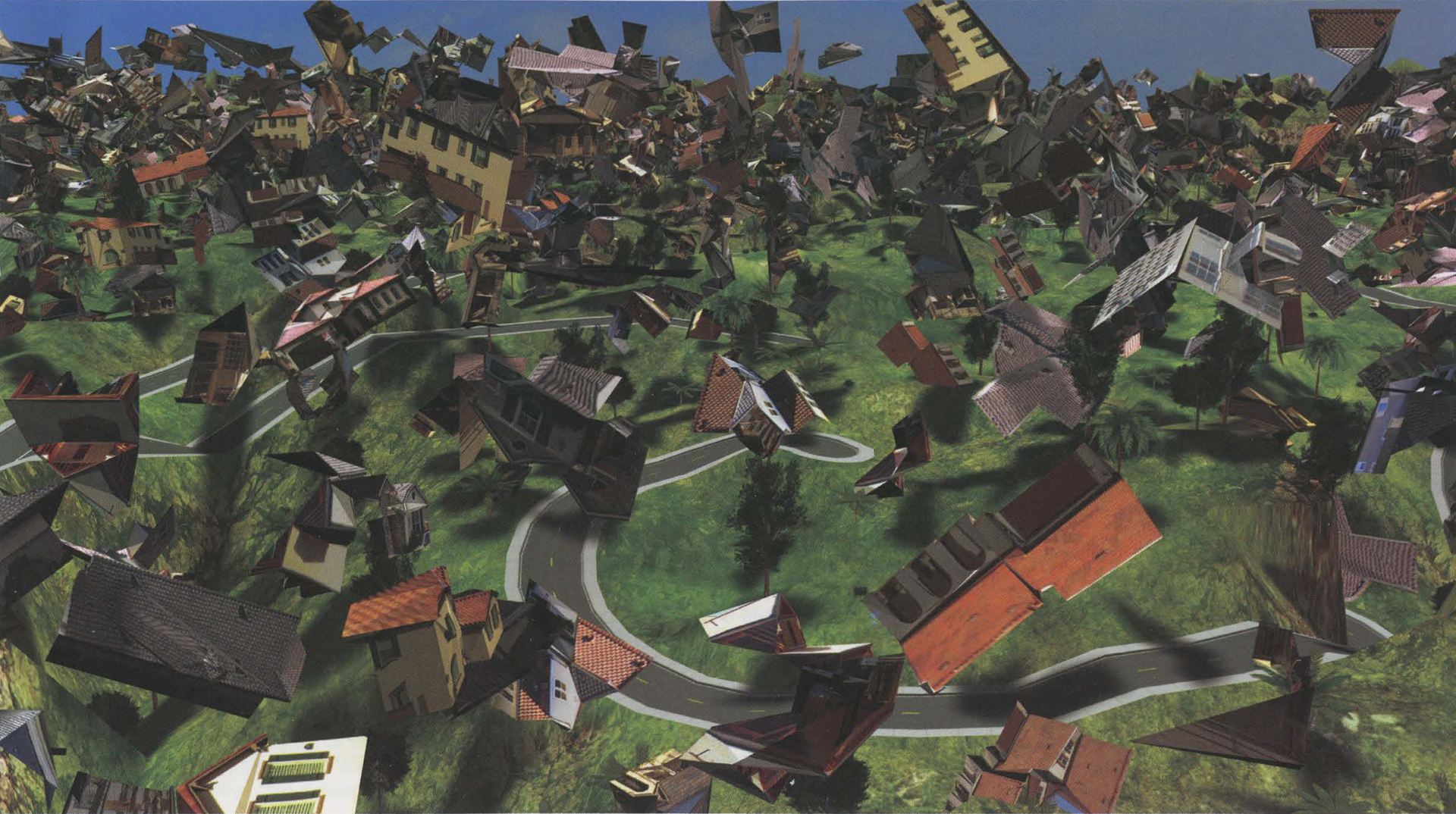Sheldon Brown: The Scalable City
Artist(s):
Title:
- The Scalable City
Exhibition:
Creation Year:
- 2007
Medium:
- Interactive 3D computer game environment
Category:
Artist Statement:
The Scalable City extrapolates the cultural condition arising from the interaction of users, data, and algorithms. As our world becomes characterized by this equation, we inhabit the artifacts of these relationships. The Scalable City is urban design as choreography of
these artifacts. The work includes five components: Landscape, Roads, Lots, Architecture, and Vehicles, each created by a process in which real-world data are subjected to algorithmic transformations before being redeployed as elements of the urban condition of software I/O. For instance, the landscape (a complex natural form) is transformed by a simple algorithmic process, creating a new form that retains naturalism in its details but with a high level of algorithmic decoratism in its larger-scale structure. Space-filling road systems are “grown” into this landscape, located via computer-vision analysis. The resultant decorative forms are evocative of nouveau iron grates, illuminated texts, and Oriental space-filling spiral patterns. Vehicles, lots, and architectural forms follow similar paths of manifestation, each demonstrating the embrace of software as the script of spatial experience. Interactive users control a vortex of flying automobiles. As they navigate this vortex, road systems grow and detritus is flung into the air, where it attempts to self-assemble into an ersatz structure. In The Scalable City, a variety of computer-concept buzzwords take on physical form. All processes encode their results with artifacts that express their virtues and shortcomings. Culture has been undergoing a transformation from analog to digital forms and methods for several decades. These transformative moments produce tensions between speculation and anxiety.
Technical Information:
The Scalable City is created via a data-visualization pipeline. Image data from satellites and on-the-ground photogrammetry are the seed of algorithms that re-articulate these forms with overt artifacts. The use of L-system algorithms and Archimedes spirals to form the roads, and the image-processing cut, copy, and paste mechanisms to construct the landscape, overtly engage this process. The software is a series of programs written in C++. External libraries include CGAL, OpenCV, Maya API, MEL, OGRE, ODE, and Cg. The interactive environment provides the platform for the generative relationship among these elements in a form similar to a 3D computer game. The user controls a vortex that utilizes physics simulation to interact with the elements in the world. Each architectural fragment is subject to these forces. As users move through the environment, their positions cause a network of roads to grow into the environment. When house fragments land in lots derived from these road positions, they attempt to assemble themselves, connecting into a kinematics
structure. The connective forces on these pieces eventually dissipate, and the vortex can eventually redistribute the pieces back across the landscape.
All Works by the Artist(s) in This Archive:
- Sheldon Brown
-

The Scalable City
[SIGGRAPH 2007] -

The Vorkapitchulator
[SIGGRAPH 1993] -

Istoria Sculptures
[SIGGRAPH 2003] -

Assembly
[DAC Online Exhibition 2016]





